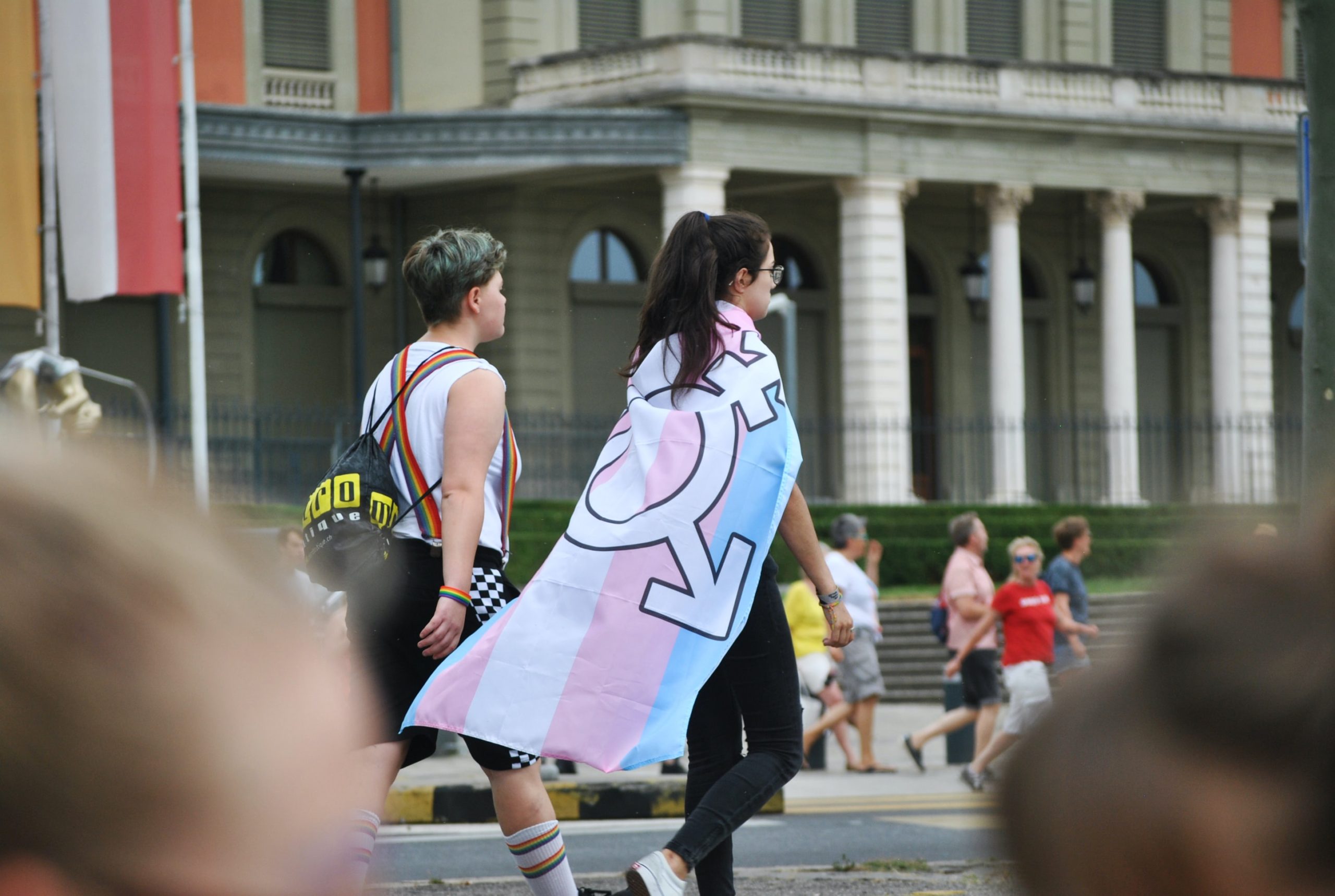By: Samantha Cleare

Throughout the past year, the University of Georgia has spotlighted controversies over inequalities due to gender and sexual orientation. Physical and verbal violence continue to plague a large population of students. Hate crimes and discrimination can cause the university’s environment to feel uncomfortable and even dangerous at times. Students of minority groups are often targeted and threatened. For example, last November, an unknown individual posted extremely inappropriate and spiteful messages on the LGBT Resource Center page. In response to this cyber bullying, the Student Government Association got involved by creating a resolution addressing the treatment of marginalized students on campus. Students also participated in a live-tweeted “Minority Plea” march.
These acts of prejudice surfacing on the Internet serve as a difficult realization for many. And, these controversies are coinciding with another issue: inequalities over public restrooms. As reported by a survey in Washington, D.C, 70 percent of the transgender respondents admitted to being denied rights to use the restroom, were physically harassed, or verbally abused. While traditional restrooms facilitate arrests, violence, denial-of-use, discrimination, and harassment for transgendered people, gender-neutral restrooms promote equality and provide comfort for many groups of people. With a single, locking stall facility, individuals can enjoy safety and privacy.
Innovative techniques are used to help decrease the restroom confusion. The 2005 publication Peeing in Peace, created by the Transgender Law Center, inspired a phone app to help transgender individuals find local gender-neutral bathrooms. The Transgender Law Center receives 2,500 requests annually. Students, faculty members in large corporations, and even victims of attacks call this helpline.
Gender-neutral restrooms weren’t designed with only transgender individuals in mind. According to Robert Boggs, who is a Multicultural Organizations Student Life representative, a university bill calling for an increased number of gender-neutral restrooms on campus “will benefit the elderly with different sex caretakers, single parents with different sex children, those with social anxiety, breastfeeding mothers, and a whole host of others.”
This has become an issue in cities and on college campus across the country. In areas such as Multnomah County, Ore., activists support gender-neutral restrooms within secondary schools and on college campuses. Philadelphia mayor Michael Nutter has expressed the hope that the city would become, “the most LGBT friendly” city in the world. Wesleyan University and Brown University have created DIY projects that aim to de-gender restrooms. UC Davis is following their lead, and is attempting to redesign any restroom labels to gender-neutral and make these changes known on campus. They also wish to include gender-neutral restrooms in future construction planning. And, the University of Houston-Downtown student government passed new legislation providing gender neutral and family restrooms for students as well.
People of all gender groups continue to demand gender-neutral restrooms. According to a San Francisco Human Rights Convention survey, 99 percent of transgender, gender-questioning, and LGBT supporters advocate for gender-neutralizing restrooms. In addition, 97 percent of the rest of the American population also agrees with the inclusion of gender-neutral restrooms.
This is a hot societal topic currently, and Boggs noted that the University of Georgia is entering into the discussion. Two resolutions concerning transgender inclusion were created by UGA’s senate during last semester: the “bathrooms” bill and a bill supporting the inclusion of “gender identity and expression” in the non-discrimination and anti-harassment policy.
The Gender-Neutral Restrooms Resolution promotes restroom the accessibility for every population at the university. Points of this resolution include the fact that UGA has a diverse campus of students, faculty, alumni, staff, and more, restroom access is limited to certain groups of people, and gender-confused students often receive discomfort and harassment when using the restroom. This resolution states that trans-gender students can suffer from dysphoria (a sense of anguish due to their gender identity and sex not aligning) and urinary tract infections due to a delay in using the restroom. These health problems are recognized by the University Health Center. It also includes how this change would benefit other groups of individuals such as pregnant women.
According to this resolution, statistics show that 38 percent of UGA’s peer institutions and all 12 of UGA’s aspiration institutions include methods of finding gender-neutral restrooms. Cornell University has implemented a policy in which all single-use restrooms must be gender-neutral and further constructed buildings must include a gender-neutral restroom. The senate hopes that the University of Georgia can change signs of current single-stall restrooms, add gender-neutral restrooms to future buildings, and undergo a major interior renovation of any UGA building with the maximum occupancy of 50 or more to include at least one gender-neutral restroom if economically feasible.
Josh Fletcher, the senior coordinator of the LGBT Resource Center, explained that the most important piece surrounding the gender-neutral restroom discussion is to simply switch the signs of current single sex stalls. He stated that campus organizations such as the Lambda Alliance, the LGBT Resource Center, and Campus Pride plan to administer a list of gender-neutral restrooms across campus, as well.
With an Update Non-Discrimination Policy Resolution, the Student Government Association urges the University Council to add “gender identity and expression” to the university’s non-discrimination and anti-harassment policy. Statistics from colleges in the state of Georgia and nationwide support this change. 623 colleges in the United States, 623 colleges, nine out of 12 peer institutions, and 11 out of 12 UGA inspired institutions include “gender identity and expression” language in their non-discrimination and anti-harassment policies. Aspects of this resolution such as the often hostile environment for gender non-conforming students, the University’s commitment to the LGBT Resource Center, and the fact that trans-gender students are unsure about whether or not their identities are accepted at UGA support the update of the University’ non-discrimination and anti-harassment policy.
According to SGA Vice President Uzma Chowdhury, most senators agreed with these resolutions. Chowdhury stated, “I think that gender neutral restrooms are a really simple way to be inclusive to many students on campus both in that it is a very basic need we can fulfill but also as a gesture showing that we support every community on our campus and stand together as one Bulldawg Nation”.
These two resolutions, however, await action by the University Council. Boggs also explained that the Student Government Association is currently busy promoting a bill calling for a Women’s Center on campus. The SGA Senate hopes to pass these resolutions as two bills concerning the equality and safety of transgender students during the current semester.
While instances of hate crimes and inequality have torn UGA’s students apart before and have distracted from the learning environment, actions such as these resolutions by the Student Government give hope and promise to a fair and safe environment for all. Measures, both large and small, are being taken to fight for students’ rights at UGA while drawing everyone closer to accepting and understanding one another.

